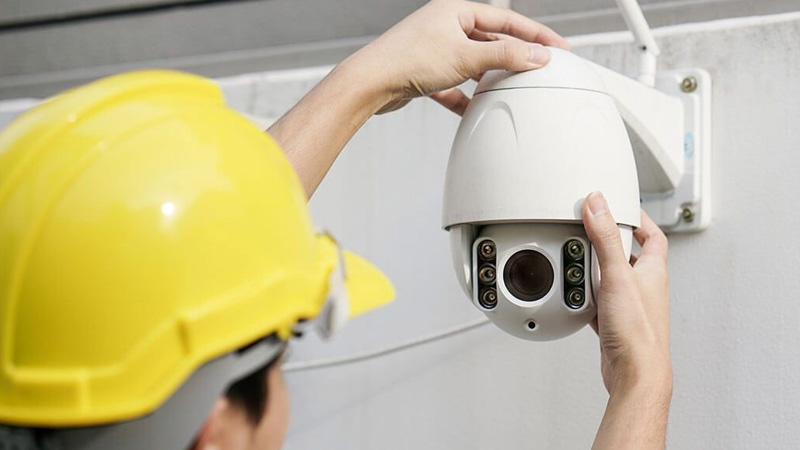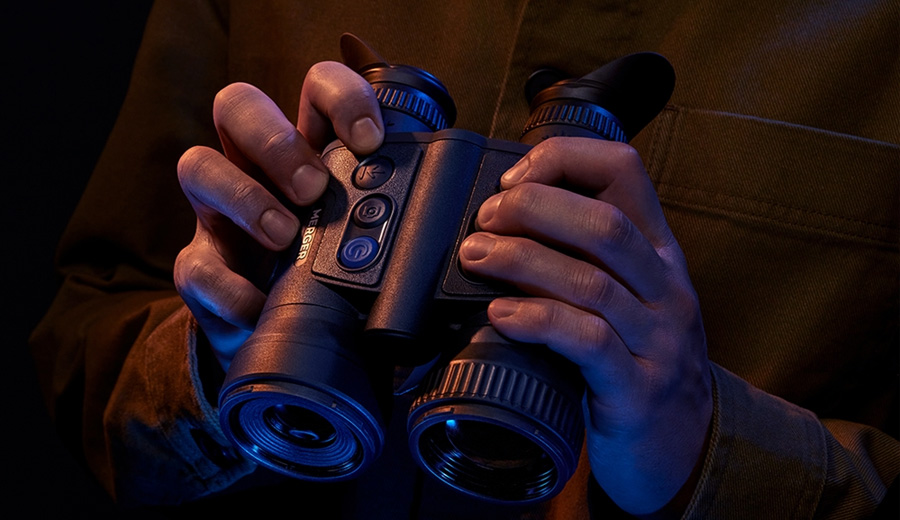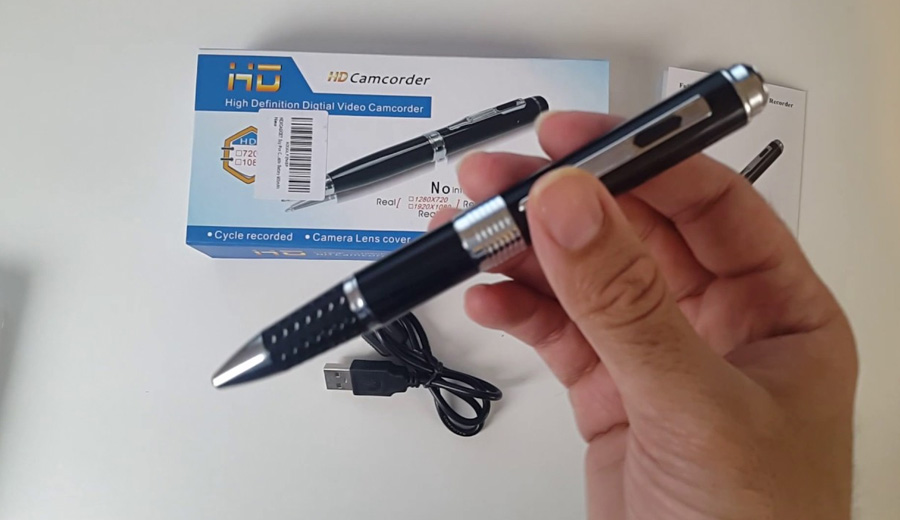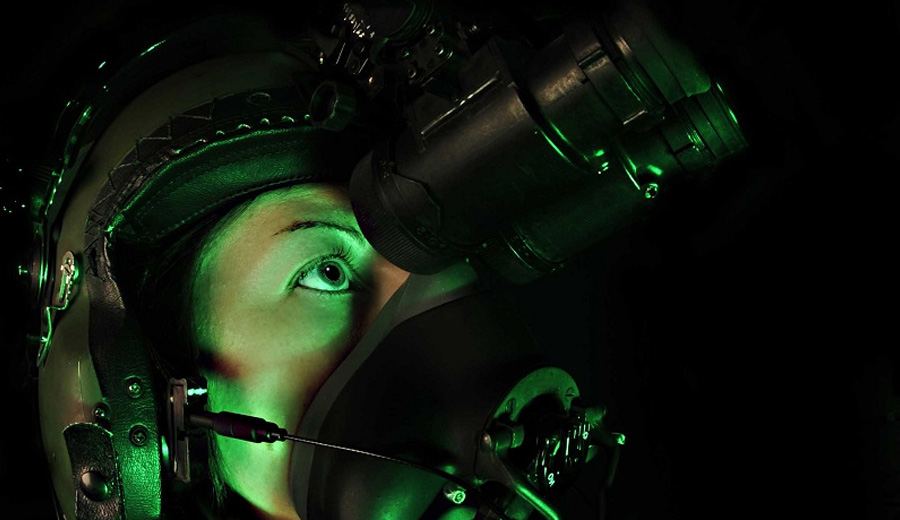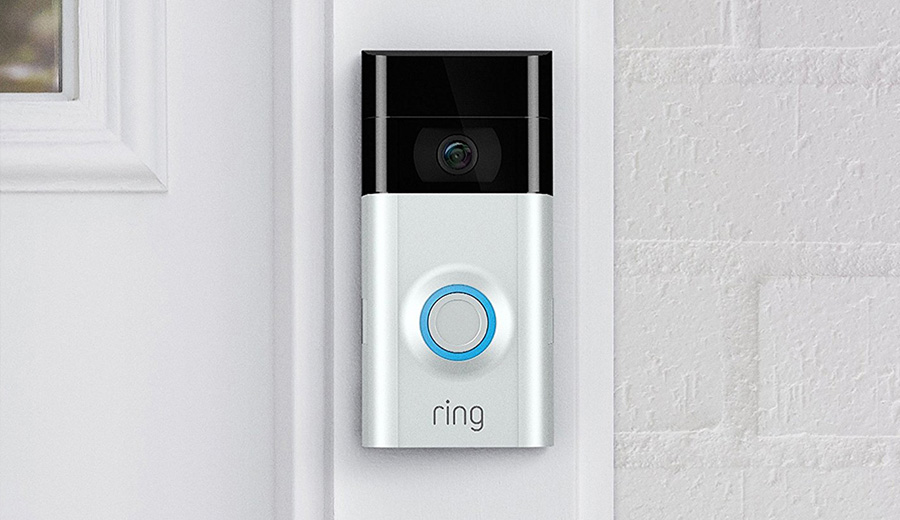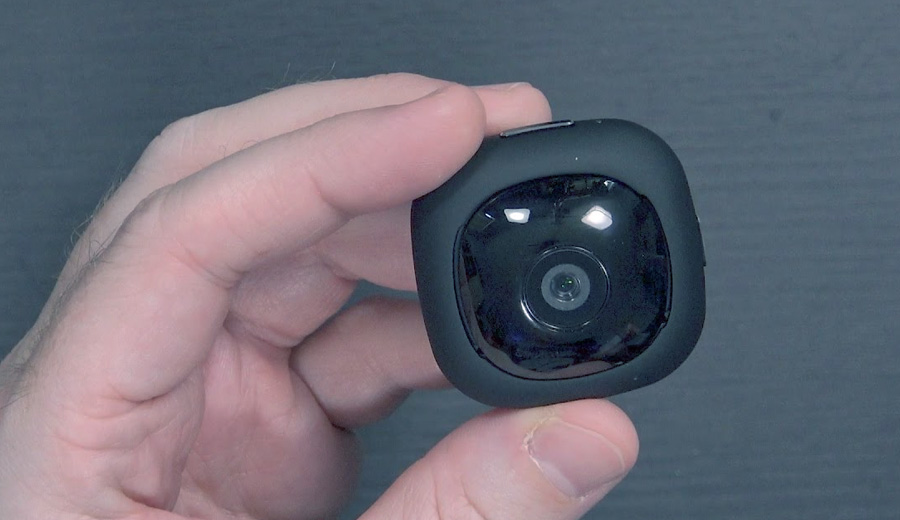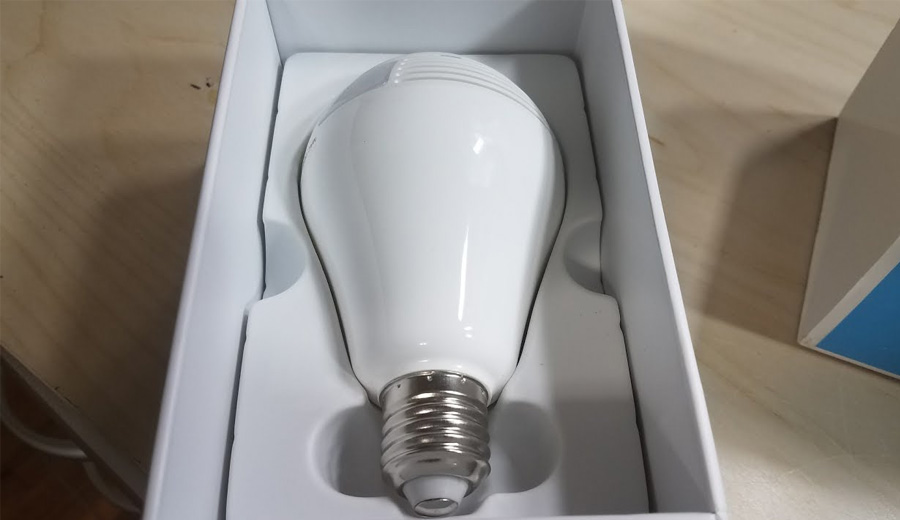You’ve decided on the sweet and powerful night vision camera system. Now, the next step is installation and configuration of these cameras, to make sure everything works.
The installation of such devices calls for careful planning, consideration and strategic placement for optimal performance. Here is a comprehensive guide to installing night vision spy cameras for a more secure home:
1. Evaluate Your Security Needs
Start by identifying the locations you want to monitor. Assess weak points in and around your property, that is, the entries, blind areas, and places of poor visibility.
The placement of the cameras will be determined your evaluation in this step, so don’t skip it and go blindly. Choose wisely in order to have functioning night camera security system in your home.
2. Select the Appropriate Camera
Pick night vision cameras that fit in your particular security needs and budget. Think about things such as camera resolution, field of view, night vision range, ability to withstand harsh weather conditions, and whether they are wired or wireless.
Select the right camera for your needs. Is it going to be indoors or outdoors? How does it function, wired, wireless, solar powered? Go through these things before you invest money.
3. Strategically Plan Camera Placement
Mark out areas the camera should be placed in. Point the cameras towards doors and windows that are entry points and blind spots or secluded areas. Ensure that the cameras are placed in a higher enough position, off the ground, but still be easy to get to in case they need to be replaced or re-adjusted. Usually, they are set under the roof, mounted on walls. If you have trees in your yard, that could also be utilized with some creativity.
4. Power Source and Connectivity
Consider the power source for the cameras. For wired cameras, there should be a reliable power source nearby and proper wiring. This can take some time to setup if you do it by yourself. However, the end result is always worth it. To function properly, wireless cameras rely on a strong Wi-Fi connection.
Just try to ensure a reliable power source that is safe against tampering or adverse weather conditions.
5. Installation Process
Follow the recommended way of mounting the night vision cameras as specified in the manual by the respective camera manufacturer.
Camouflage wires to hide wiring on cameras. You don’t them to be messed with, wired cut etc. And wireless cams may need extra Wi-Fi boosters or signal amplifiers in case of poor wireless camera connectivity.
6. Camera Calibration and Testing
Next step is calibrating the equipment. Calibrate the cameras after installing them to get desirable viewing angles and proper focus.
If we’re talking about night vision cameras, that obviously should be done late in evening or literally at night. Check their night vision imagery to ensure that everything is recording fine during the low light conditions. If you have motion detection, walk around the house to see if cameras pick up the motion and record properly.
7. Regular Monitoring and Maintenance
Constantly ensure that the cameras are working well. Adjusting of lenses and cleaning when necessary. Keep the camera software and firmware updated for maximum efficiency.
This doesn’t need to be done too often, however, once in a while, remember to check on latest soft, download the updates etc. It’s better to be safe.
8. Privacy and Legal Considerations
Ensure you also respect your neighbors’ privacy and abide by any existing legislations governing surveillance.
This depends on each situation. In some countries, UK I believe, you’re not allowed to record people walking outside your territory. So, if you have a fence, and your camera captures neighbor’s walking in their property, behind the fence, that could mean legal issues, so be careful and check the local laws regarding that.
9. Integration with Security Systems
A more comprehensive surveillance setup could be achieved by integrating the cameras with existing security systems.
This could include connecting them to motion sensors, alarm systems, or monitoring systems that provide real time alerts and enhanced security.
Properly installing night vision spy cameras in a home takes careful planning, thoughtful placement, and adherence to local requirements.
The deliberate placement of these cameras, along with routine maintenance, guarantees iron-clad security and peace of mind for any savvy homeowner.
To sum it up, the use of night vision spy cameras enhances home safety, improves security, and ensures continuous supervision.
With an appropriate consideration of your needs and budget, you’ll be able to find a perfect night vision security camera system that will keep you and your loved ones, safe day and night.

